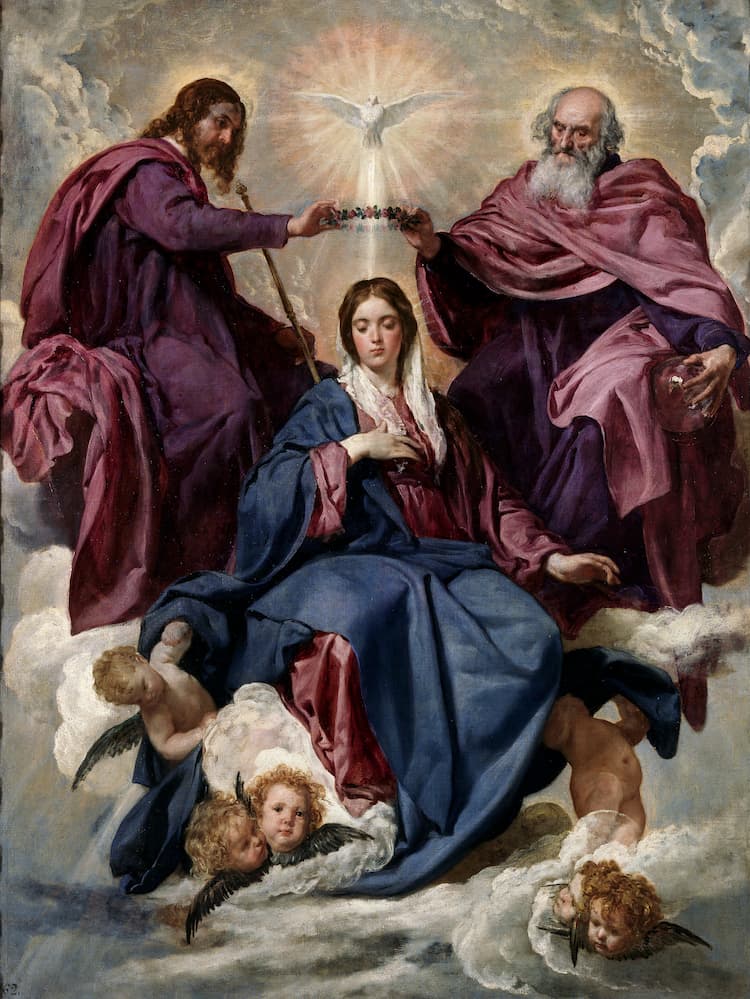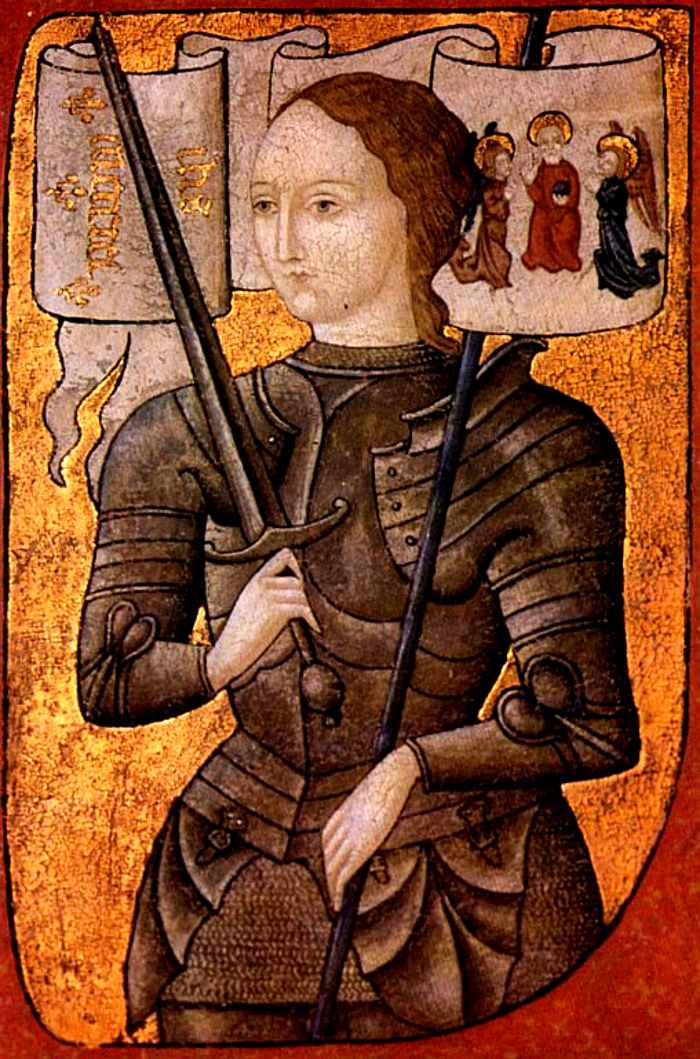Modalism is a term coined in the 19th century (by Trinitarian opponents) to describe a position, as its followers claim, that is strictly monotheistic. In this view, God is defined as a unique and indivisible Spirit who manifests Himself to humanity in various ways (Hebrews 1:2; 1 Timothy 3:16; 2 Corinthians 5:19; John 14:8-9). God was manifested in the flesh as Jesus Christ for the purpose of redeeming humanity (1 Timothy 3:15-16). Before the term “modalism” was invented, this doctrine was known by terms such as Monarchianism, the belief in a single King or Monarch who is God, or Sabellianism, the heresy that St.
Basil the Great fought against in the 4th century. Oneness Pentecostals adhere to modalistic theology but prefer to use the term “Oneness of God.”
Modalism asserts that God is not an essence shared by three persons but rather one being in three modes at different times. Oneness Pentecostals, unlike Sabellius’ position, believe that in the Old Testament, God manifested as the Father, in the New Testament during the incarnation as the Son, and since Pentecost as the Holy Spirit.
Debate
Studying the spread of modalism in the post-apostolic age faced a major challenge due to the fact that the Catholic Church accepted the doctrine of the Trinity as a fundamental tenet of faith at the Council of Nicaea in 325 AD. This doctrine remains crucial for Orthodox and Protestant churches today.
According to current followers, modalistic ideas likely gained notable traction among Christians in the 2nd and 3rd centuries. Tertullian, an early Trinitarian, wrote one of his major theological works, “Against Praxeas,” specifically to refute this doctrine. It was in this document that Tertullian first used the Latin term “trinitas,” meaning Trinity.
It’s important to note, however, that earlier, Theophilus of Antioch had used the Greek word “Τριας” (triad) to express the union of the three Divine Persons.
In the work “Against Praxeas,” Tertullian remarks that “the simple,” whom he notes always constitute the majority of believers, are surprised by what he terms the “dispensation” (One God in Three Persons). Many modalism supporters interpret this as an acknowledgment that their belief was prevalent in the late 2nd and early 3rd centuries.
Praxeas asserted that Jesus is the only God who was manifested in the flesh to bring salvation to humanity and claimed that the only God is the Father. “The Son—and consequently, the Holy Spirit—are nothing more than names, forms of speech with which we refer to one being” (“vox et sonus oris”: Adv. Praxeam, 7).
The Council of Nicaea rejected opposition to the Trinity dogma, primarily confronting a conception fundamentally different from modalism, that of Arius. Arius argued that Jesus Christ, the Son of God, was not the same as God the Father; instead, the one true God adopted Him as a Son in anticipation of His merits (Athanasius, Oratio contra Arianos I, 5-6). According to Arius, the Father is the only person of the Creator God, and he claimed that this was the original belief of the early Christians (Arius, Thalia).
Modalistic Monarchianism and Dynamic Monarchianism

“The word ‘monarch’ comes from two Greek words: mono, meaning alone, and arche, meaning rule, government. Monarch, therefore, means the one who exercises rule by himself, the one in whom the monopoly of power is concentrated; that is, it means the absolute king.” Thus, Monarchianism was a term used against the Trinitarian idea of God composed of three persons.
Historians have used the term Monarchianism to describe two completely different and doctrinally unrelated beliefs: Modalistic Monarchianism (or simply Modalism) and Dynamic Monarchianism. Modalism, also known as Modalistic Monarchianism, emphasizes that the King of the universe is one, and Modalism argues that God has manifested Himself to humanity in various ways. Modalistic Monarchianism identified Jesus Christ as God Himself (the Father) manifested in the flesh.
On the other hand, Dynamic Monarchianism or Adoptionism declared that Jesus was an inferior being and subordinate to God. It maintained that Jesus was a human being who became the Son of God because of the divine wisdom or Logos dwelling in Him.
Ancient Advoctes of Modalism
From the Post-Apostolic Age to the Council of Nicaea
-Prominent modalist leaders such as Noetus of Smyrna, Praxeas, and Sabellius. Noetus was a teacher of Praxeas in Asia Minor; Praxeas preached in Rome around 190 AD; and Sabellius preached in Rome around 215 AD.
Around the years 180-200 AD, Noetus of Smyrna argued that if Christ is God, He is also the Father because otherwise, He would not be God, as there is no God other than the Father. To defend his thesis, he mainly referred to Scripture texts on the Divine Unity and the union of the Son with the Father. Information about Noetus comes indirectly from the work of Hippolytus of Rome, Philosophumena, or “Refutation of All Heresies.”
A contemporary of Noetus was Praxeas, who preached in Rome and Carthage. Praxeas asserted that the only God is the Father. “The Son—and consequently, the Holy Spirit—are nothing more than names, forms of speech with which we refer to one being” (“vox et sonus oris”: Adv. Praxeam, 7). This is according to Tertullian (died around 225 AD), who wrote a treatise against Praxeas, from whom we obtain much information about the modalists.
Sabellius, originally from the Pentapolis of Libya, preached in Rome between the years (199-217) and gained numerous followers. Because Sabellius was the most prominent modalist, historians often refer to the doctrine as Sabellianism. Sabellius conceived that the fullness of Deity dwelled in Christ and maintained that the terms Father and Son were merely different designations for the one God, who, because He is the origin of all, is known as the Father, but concerning His appearance in the midst of humanity, He is known as the Son.
This explanation led to a conclusion by Trinitarians that if the Father and the Son were fully identified, then the Father would have been the one who suffered on the cross, once the Son as such does not exist. This theology was named patripassianism. However, it is questionable whether Sabellius advocated that Jesus died as the Father (in His Divinity), but rather, he taught that the death of Christ occurred in His capacity as the Son (or as a perfect man).
Hippolytus, who shared Tertullian’s ideas, accused Ceferino (who was the Bishop of Rome from 199-217 AD) of Sabellianism in his work “Philosopheumena,” along with Tertullian. They also accused Ceferino’s successor, Calixto (217-222 AD). In turn, Calixto accused Tertullian and Hippolytus of spreading false doctrines. Historian Adolf von Harnack, commenting on the conflict between Hippolytus and the bishops Ceferino and Calixto, stated that the Oneness of God was the majority position at that time, common among the ordinary people. Later, this belief was modified by the influence of speculation developed by Greek apologists.
They taught that the Logos (the Word) was distinct from the Father, leading to the formulation of Trinitarian dogmas in the 4th and 5th centuries.
Another Christian leader named Comodiano, who taught in Rome just before the persecution of Diocletian (245-313 AD), wrote poems infused with the teaching of the unity of God.
From the Council of Nicaea to the Beginning of the Middle Ages
In the year 336, a synod was convened in Constantinople, where Marcellus of Ancyra was exiled by the Catholic Church and accused of Sabellianism. The book that made him famous was his treatise against the Arian Asterius, the most important of his works.
Unfortunately, we do not even know its title. In a council held in Sardica in the year 343, it was asserted that Marcelo believed that the Word (or Logos) was God’s eternal plan for man; therefore, the Word only became the Son from the incarnation (as the Son is the Word made flesh). This contradicted the Catholic Church’s position that the Word was an eternal person who was with God from eternity. Marcelo also wrote other works against the Arians, but none of these have been preserved.
Photinus of Sirmium was a disciple of Marcellus of Ancyra. Photinus considered the Logos as God’s faculty to self-reveal or make Himself known to humanity. He emphasized that there was no “Trinitarian Son” or “Eternal Son” since the Son did not exist before being begotten by the Virgin Mary. This is because, in the Bible, the Son of God is understood as the manifestation of God in the flesh, as Christ, the perfect man. Against him, Audius, a Spanish Catholic bishop, wrote in the book titled “De fide adversus omnes haereticos,” addressing his followers as Fotinians (also known as Bonosiacs). In the Council of Sirmium in 351 AD, anathemas were pronounced against Photinus and his followers.
In the year 385, the Hispanic Priscillian (approx. 340 – 385) was tortured and beheaded along with some of his followers. The accusation against Priscillian was his rejection of the dogma of a God composed of divine persons, aligning with Sabellianist positions.
Middle Ages
Some modern writers with a Pentecostal orientation find evidence that modalist doctrine existed among the Priscillianists (c. 350—c. 700), the Euchites (c. 350—c. 900), the Bogomils (c. 900—c. 1400), and the Cathars (c. 1000—1500).
Some medieval theologians had to face accusations of modalism from the ecclesiastical authorities of the time. For example, Peter Abelard (1079-1142), who founded and directed the University of Paris, was accused of Sabellianism after the publication of his work “Theologia Summi Boni.” Condemned in a provincial synod held in Soissons in 1121, he had to publicly burn his book and retire to a convent.
Protestant Reformation
Some Anabaptist groups, believing in the necessity of baptism in the name of Jesus within the plan of salvation, held modalist ideas. Michael Servetus (1511-1553) defended modalist-type ideas, such as Jesus being God without establishing any distinction between divine persons. He asserted that God manifested as Father, Son, or Spirit according to the occasion. However, he also claimed that the Son of God had not existed as such before Mary’s conception, only as the Logos or Word of God.
Oneness of God
Some Pentecostal churches, particularly those known as Oneness Pentecostals, currently profess the theology of the Oneness of God, which has been known since the 19th century as modalism.






